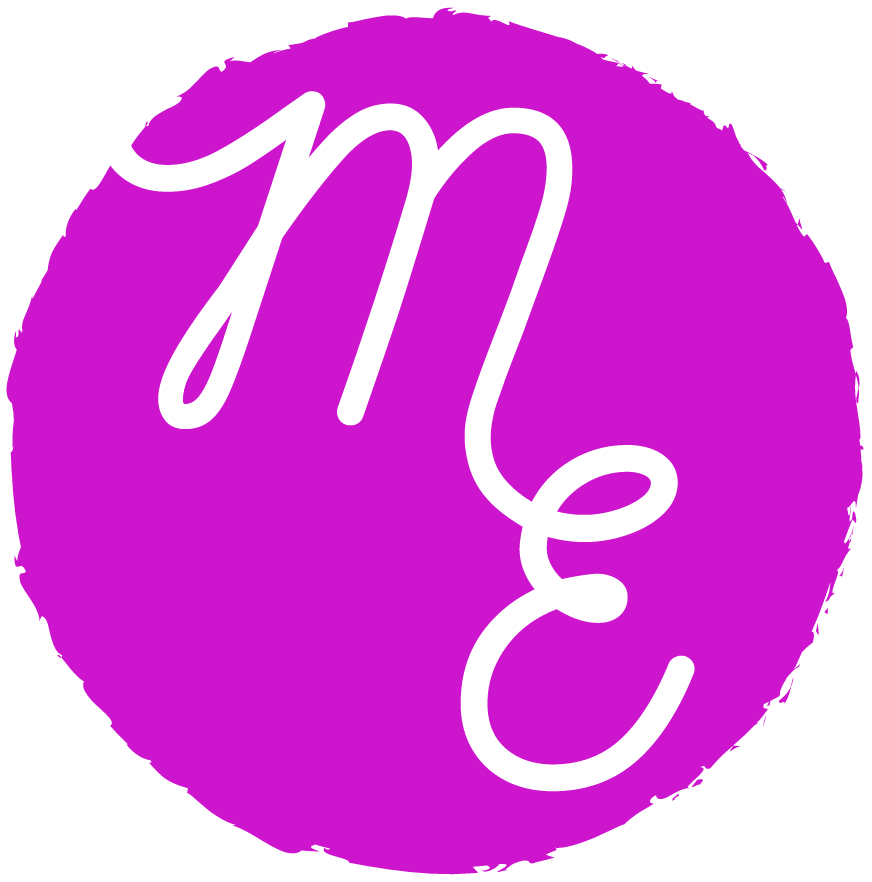Pitch Perfect
In publishing you hear the dreaded words ‘THE PITCH’ very often. So what is it? Why is it important? And how do you write one?
A pitch is the brief ‘hook’ or selling point of your novel. If you think about it, in day-to-day life we pitch things all the time – e.g. trying to convince someone to try out a new restaurant, selling a partner on a holiday destination, or even recommending a film or a TV series to a friend. In cover letters to literary agents we expect to see a pitch, and when I sell a book to publishers I pitch it to them too. The concept of the elevator pitch comes from the idea that you get into a lift with someone important and you have until they get off a few floors later to hook them into your product or idea. So pitches should be short and snappy, to keep people’s attention.
Pitches are important right the way through the business.
From the agent sending the book out or talking it up to editors.
The editor pitching it to their sales, marketing and publicity teams.
The sales reps pitching it to the buyers for retailers, hoping to secure big promotions.
Publicists pitching it for review and features slots.
Right the way through to someone walking into Waterstone’s and asking for a recommendation for a book for their mum for a Christmas present.
Of course a pitch isn’t the be-all and end-all. Some books can have very cool concepts but then the writing and characterisation doesn’t deliver, and some books are hard to distil down to a pithy couple of sentences. However, throughout my career, I have learned the power of a pitch in hooking in an editor’s attention – particularly at book fairs when I have limited time!
When I write a pitch, I focus on three areas:
Character
Setting
Conflict
Character: who is the main protagonist?
Setting: what is the ‘world’?
Conflict: what is the main driver of the plot?
For example, an elevator pitch for Jaws might be:
Chief Brody, the police chief (character) of idyllic Amity Island (setting), must try and kill the shark which is terrorising local beachgoers (conflict).
Or for Jurassic Park:
A group of people are sent to visit a secretive theme-park before it opens (character and setting) and discover that they have done the impossible: brought dinosaurs back from extinction. But when the dinosaurs escape, can they get off the island alive? (Conflict).
Your setting can be very big (the fourth planet in a major new galaxy) or very small (a high school). Your conflict can also be huge (saving the world) or small (finding a date for your ex-boyfriend’s wedding), but it’s very helpful to have a clear idea of what that conflict is, as that’s one of the main things that is going to keep a reader turning the pages.
Try it out on things you watch or read. Imagine you’re describing them to someone else: how would you sum up the character, the setting and the conflict in a way that gets them interested? Then, once you’ve got the hang of it, you can try it out on your own work!
You should also check out our post on writing a cover letter, to explain more about the role the pitch plays in sending out your work to agents.
